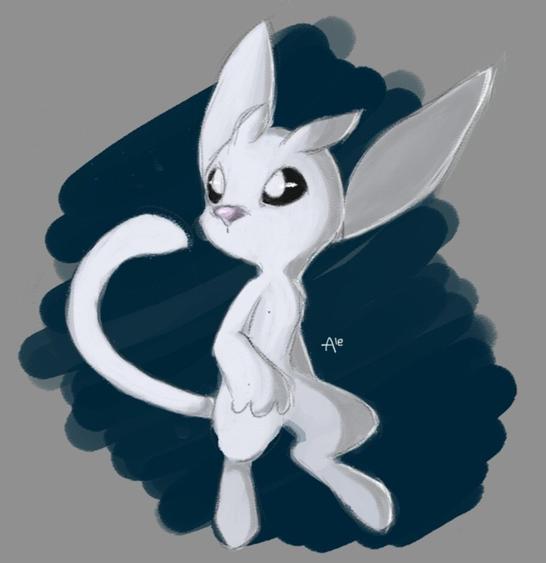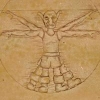Hi guys,
I was messing around with this game idea where players race along a dangerous road in trucks to deliver their cargo. As they travel along the road (especially if they decide to go at speed) they will run into dangers: landslides where they must dodge/clear terrain, fog so they can't see the cliff sides etc.
I'd love to try this out 'on paper' first with some friends. However I'm not sure how to simulate a real time experience of driving the trucks at various speeds. The most simple solution I have come up with is rolling dice to move however many grid squares; wherever you land you roll again to see if a randomised disaster occurs. To measure speed I could add a modifier, such as if they're going an 'above average speed' they get a +1 to the amount of grid squares they cover but also a +1 to the chance of a disaster happening.
However, in a video game I'd be simulating acceleration (by holding down a key for example) and changing gear for speed. It also would not be turn based and they would have free control of the truck's movement and could accidentally plummet off the edge.
I guess the game can track when a player leaves and enter a new square in the grid and, after so many, roll to see if a disaster occurs. However, I don't think my current idea would really reflect the real time game experience/dynamics I'm trying to create in the video game. Am I looking at this the wrong way?
Many thanks












